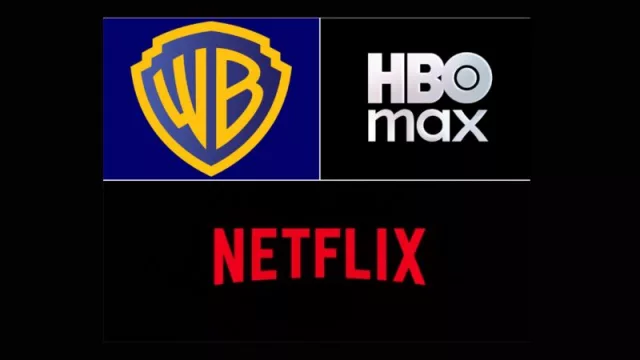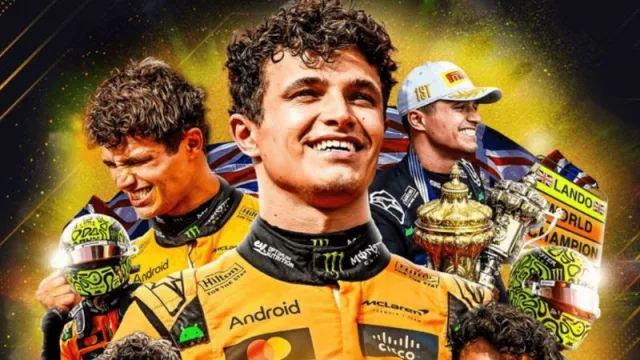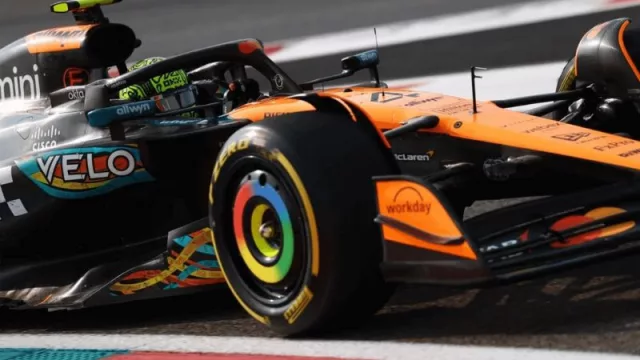What remains unspoken is that this is not merely a gamble on the power of applications; rather, it reflects a strategic pivot whereby Coca-Cola is returning to "creating authentic narratives, branding, storytelling, and the thematic curation of spaces" that will be amplified by influencers. It is crucial to grasp that online platforms are being utilized as the new television (courrier)—not as the centerpiece, but rather as a medium through which stories, real experiences, and amplified branding once again take center stage. This is vital to understand because it represents a commitment to sponsorship, creativity, and retail, where influencers will disseminate what Coca-Cola desires and co-create alongside this battalion of influencers.
The Strategic Analysis Few Dare to Discuss:
The iconic soft drink brand's strategy reflects a significant pivot towards the Phidigital domain. Over the past decade, Coca-Cola has recalibrated its advertising investments, perhaps having erred in recent years by neglecting branding, which has led to disappointing sales figures. Media outlets misinterpret this as Coca-Cola abandoning television, transitioning from allocating 70% of its budget to TV to assigning over 65% to digital channels. However, Coca-Cola will continue to engage in TV events, branding, sponsorship, and more—but will utilize influencers instead of traditional paid placements. This is the truth that neither the social media giants, including Meta and Google, nor digital media outlets are willing to acknowledge.
This shift not only aligns with current consumption trends but also signals remarkable growth: in just two years, the company has added 50 million new consumers to its global base. Influencers are now tasked with disseminating authentic narratives, controlled and coherent content—this phenomenon is termed crossing off-on.
This implies that influencers cannot "do as they please"; rather, they must collaborate based on strategies developed by content curators, producers, brand strategists, experience experts, and brand culture specialists to deliver empathetically and meaningfully positioned brand content.
This necessitates that most media buying agencies, influencer agencies, and online agencies must relearn their roles, now being led by Heads of Culture, the scriptwriters, and cross-strategy planners (rather than app-driven approaches).
What Does This Mean for the Market?
We are witnessing a resurgence of large qualitative teams and logistical units that activate and intersect with the direction of the Head of Culture, ensuring coherence and intelligence across both online and offline actions in unprecedented ways. This signals a return to senior staffing, strategic planning, budgeting, and long-term branding and sponsorship efforts, all intricately woven with online initiatives.
As is often said in the highest echelons, this signifies the return of the '90s, augmented by online elements. Amidst rampant imitation and uniformity, distinction and added value are the sole paths forward, necessitating a robust investment in marketing, branding, activation, applied creativity, sponsorships, and influencer partnerships as never before.
A Strategic and Important Tip:
The influencer must align seamlessly with the event, show, sport, or retail environment, where they will subtly or directly create a genuine experience that is showcased digitally. Experiences are emerging as the new monarchs of marketing (the crossing and expansion of experiences).
Arroyo has delineated four fundamental pillars of this new strategy:
-
Firstly, it focuses on offering products that boast superior taste and functionality, launching collaborative initiatives with sports brands, events, other alcoholic beverages, new flavors, limited editions, and partnerships with film characters, among others.
-
Secondly, the aim is to create live, authentic experiences, ensuring presence at sports events and artistic shows, which have proven to be magnets for audiences post-pandemic.
-
The third pillar centers on bolstering the brand's presence across more than 30 million points of sale.
-
Lastly, the online component serves as a distributor, not as the protagonist. The fourth pillar integrates the digital realm as the connective tissue (not the centerpiece, but a distributor) that links all these experiences.
Arroyo emphasizes that by utilizing this data to create segmented digital marketing programs, the brand can achieve between 10 and 30 million new user registrations.
From Fragmentation to Cohesion: The New Agency Approach
In an additional twist, Coca-Cola has opted to centralize its marketing strategy. Previously, the company collaborated with approximately 6,000 agencies, generating around 2,000 distinct programs. Now, it has chosen to establish Studio X, an internal agency that will unify the marketing strategy on a global scale, tailoring it to each market through a network of 9 regional hubs and over 1,000 digitally connected employees. This approach not only promises to enhance efficiency but also to ensure consistency in the brand message worldwide.
The Power of Product Placement: The Almost Subliminal Agreements in Modern Marketing
Unraveling the Art of Product Placement: More Than Just an Advertising Technique
In the contemporary marketing landscape, Product Placement stands out as a fundamental strategy, capable of forging lasting connections between brands and consumers. This approach transcends mere advertising; it involves a careful immersion into everyday narratives that resonate with the audience. One of the most common mistakes brands make is to consider Product Placement as simply a product mention. An influencer thanking a brand or awkwardly referencing a product does not create value; rather, it dilutes the authenticity of the message. The key to success lies in the subtlety and organic integration of the product into the content.
The Neuroscience Behind the Impact of Product Placement
Neuroscience offers a unique lens through which to understand how consumers process and retain information. According to Martin Lindstrom, Product Placement leverages cognitive psychology, creating emotional connections through narratives that are relevant to the user. This approach translates into a subconscious influence that can imperceptibly shape purchasing preferences.
The Value of Integrated Content in Reality
From novels to video games, and events, Product Placement has become a symphony of integrated content, resonating deeply in the minds of the audience. Brands like Apple and Nike have expertly capitalized on this strategy, carefully choosing how and where to appear, avoiding jarring interruptions, and ensuring that their products become an intrinsic part of the story.
Conclusion: Brand Experience as a Strategic Ally
As brands seek to connect with consumers in an increasingly information-saturated world, Product Placement emerges as a powerful tool. By understanding and applying these principles, brands can not only enhance their visibility but also create meaningful experiences that resonate with the audience, elevating the art of persuasion to new heights.
-
Infonegocios RED: 4.5 million Anglophone Latinos reading business news daily.
-
Sign Up for Free: Register and receive our newsletter by simply leaving your email and name here.
-
Contacts: [email protected] or [email protected]












Tu opinión enriquece este artículo: